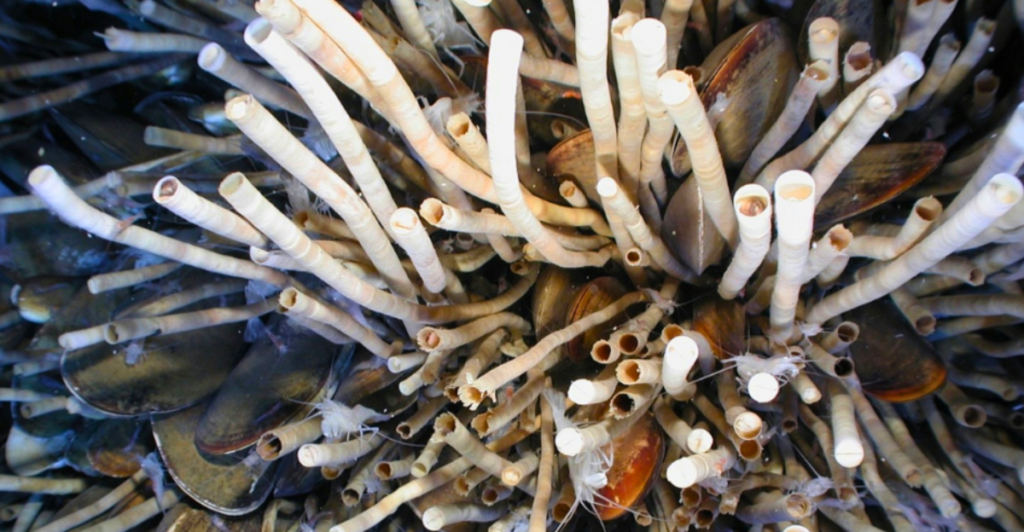
A groundbreaking discovery has unveiled the existence of giant marine worms living beneath the ocean floor in the East Pacific Rise, a volcanically active region nestled between tectonic plates. This previously uncharted ecosystem was uncovered during an expedition aboard the Schmidt Ocean Institute’s research vessel, Falkor. Using cutting-edge technology, researchers lifted pieces of the ocean crust to reveal a world once thought to host only microorganisms.
About The Giant Worm
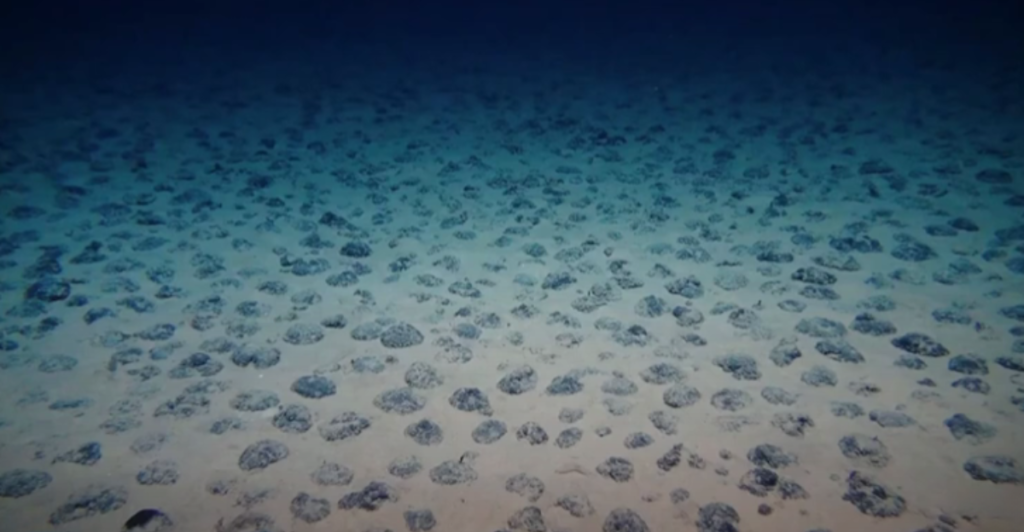
The findings, published in Nature Communications by Dr. Monika Bright and Dr. Sabine Gollner, challenge long-held assumptions about life in the ocean’s hidden cavities. The scientists described their awe at finding these enigmatic creatures thriving in spaces that defy conventional wisdom about marine habitats. This discovery could reshape how we understand life’s resilience in extreme environments.
Peering Beneath the Ocean Crust
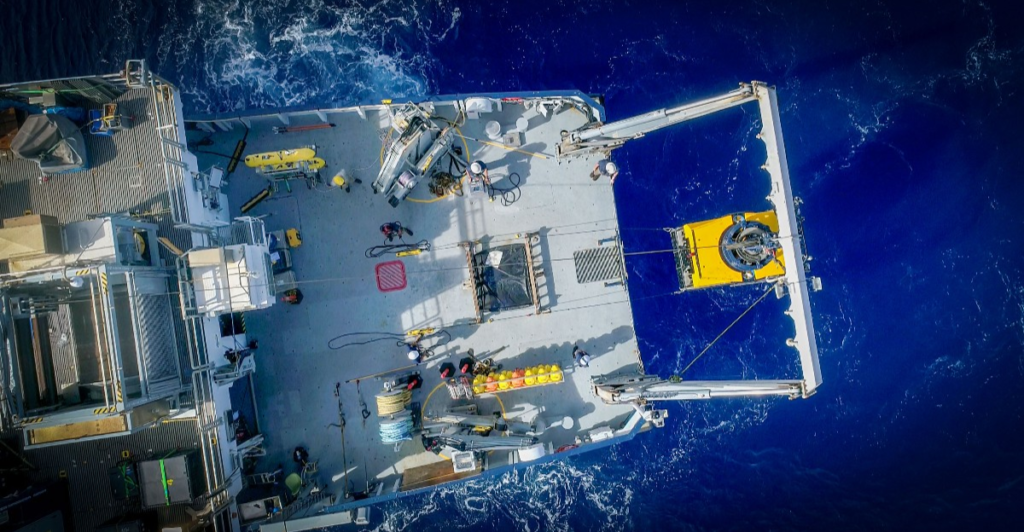
The research team employed SuB-astian, a state-of-the-art remotely operated submarine, to explore the East Pacific Rise. This region, known for its volcanic activity and hydrothermal vents, has been a hotbed for scientific inquiry. SuB-astian’s robotic arms carefully pried open the ocean’s crust, exposing narrow, dark cavities that had never been studied in such detail.
What Was Found Under The Sea Bed
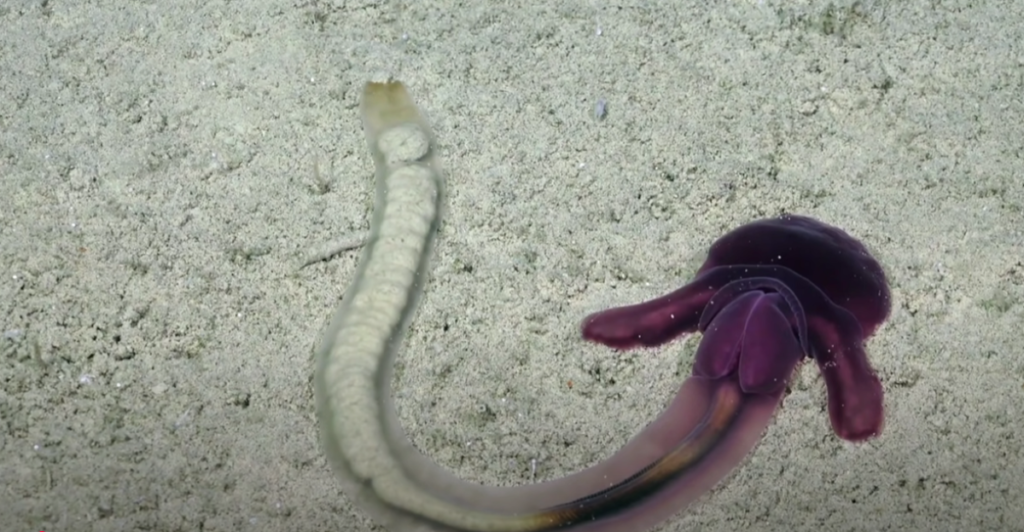
To the scientists’ astonishment, these seemingly inhospitable crevices were teeming with life. Giant marine worms, measuring up to 1.5 meters in length, emerged from their underground homes. These creatures are a stark contrast to the microorganisms previously believed to dominate such environments. Their existence points to a complex ecosystem thriving beneath the ocean floor.
The Biology of Giant Marine Worms
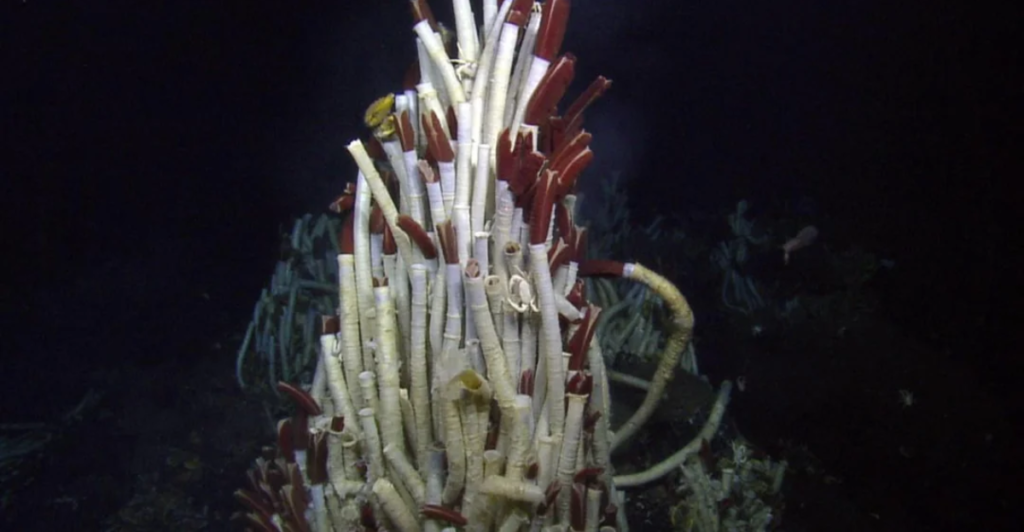
Initial studies reveal that these worms belong to the genus Riftia, previously known for inhabiting hydrothermal vent communities. However, the newly discovered species exhibit unique adaptations that enable them to survive in cramped, oxygen-poor spaces. Unlike their surface-dwelling counterparts, these worms have elongated, segmented bodies and specialized gills to extract nutrients from their surroundings.
How Do They Survive
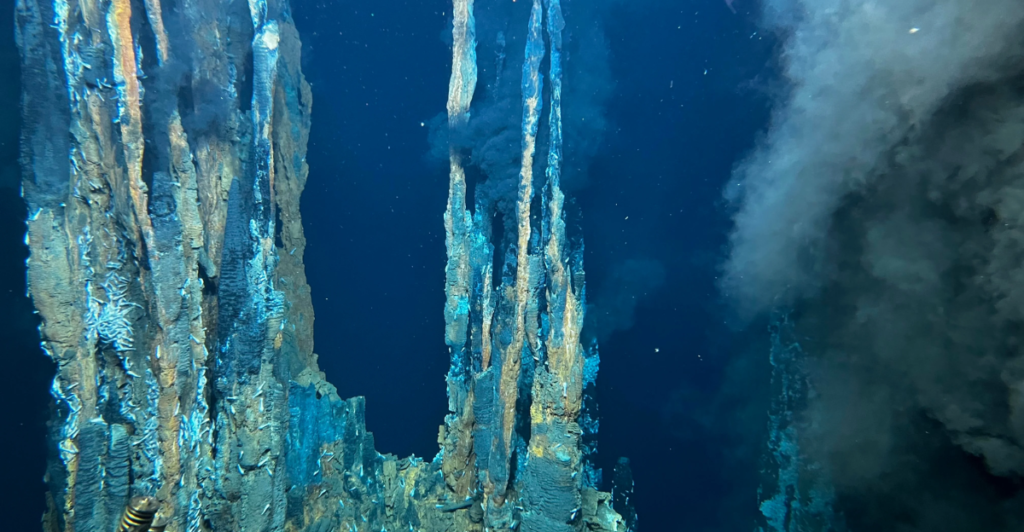
The worms rely on symbiotic bacteria housed within their tissues, which process sulfur and methane from hydrothermal fluids. This chemosynthetic process sustains the worms in an environment devoid of sunlight. Their anatomy and survival strategies offer valuable insights into life under extreme conditions, expanding our understanding of biodiversity beneath the ocean floor.
Implications for Marine Ecology
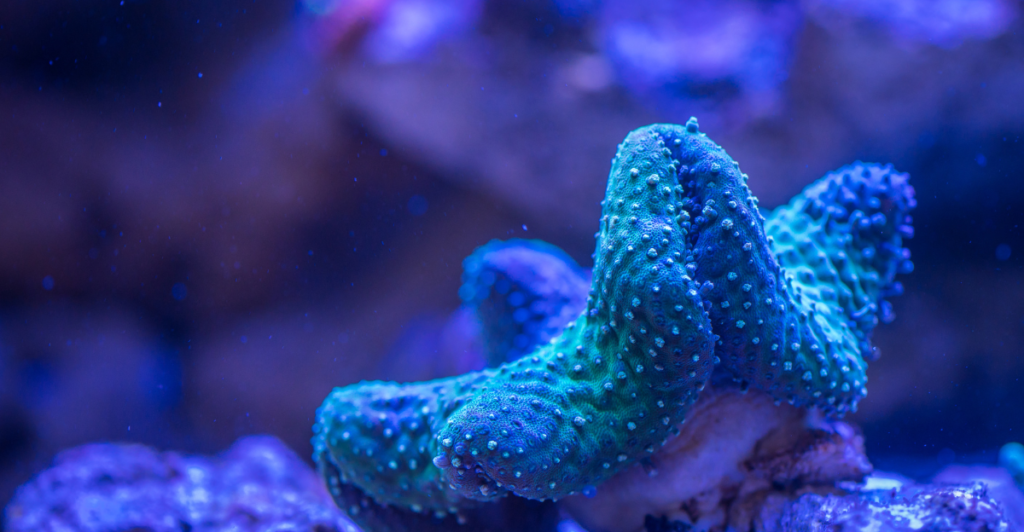
This discovery sheds light on the ecological roles of hidden oceanic ecosystems. The marine worms likely play a critical part in nutrient cycling and energy transfer within the ocean’s crust. They also interact with other organisms, forming a delicate balance that supports a broader community of life.
A Remarkable Find For Ocean Conservation
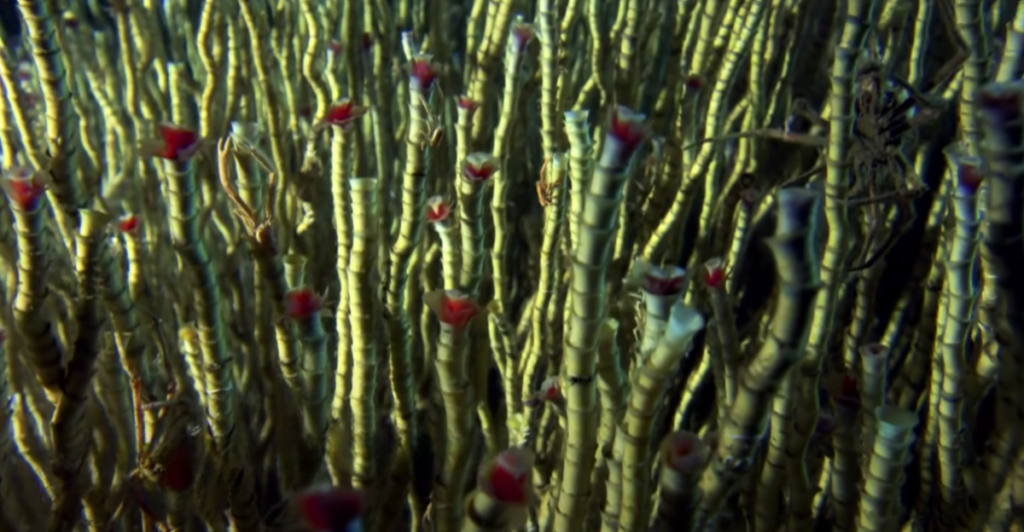
Moreover, the presence of such large, complex organisms in an environment thought to be barren challenges prevailing assumptions about the limits of marine life. The findings suggest that other unexplored regions of the ocean could harbor equally surprising ecosystems, potentially holding clues to life on other planets.
Technological Breakthroughs Enabling the Discovery
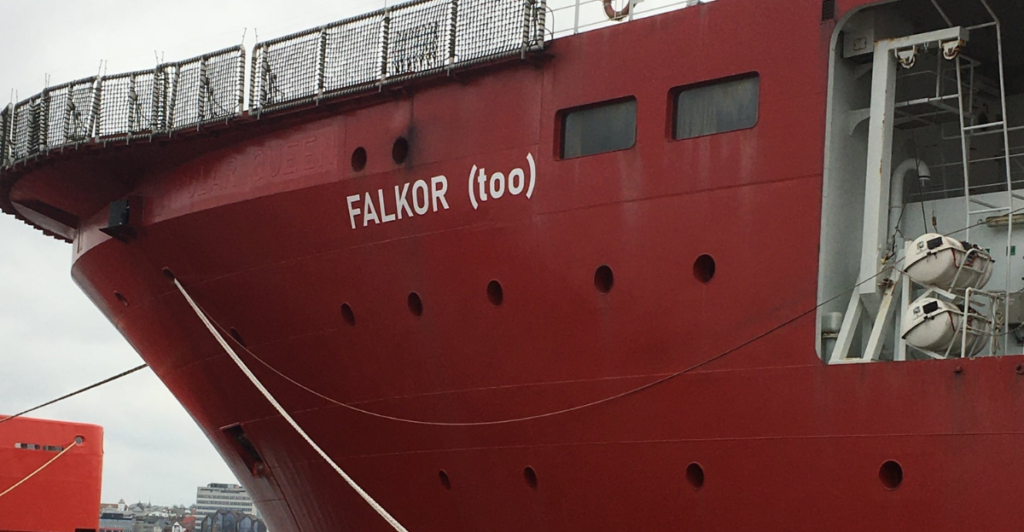
The expedition would not have been possible without the advanced technology aboard Falkor. SuB-astian’s high-definition cameras and precision tools allowed scientists to explore the ocean floor with unprecedented accuracy. Additionally, real-time data transmission enabled collaboration with researchers worldwide, enhancing the mission’s success.
What Else Is Under The Sea
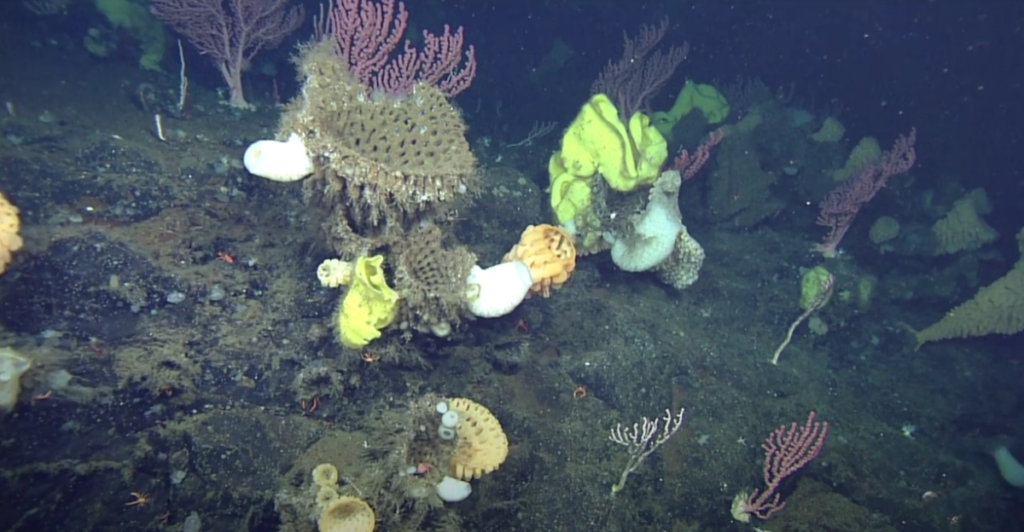
This discovery highlights the importance of continued investment in ocean exploration technologies. With over 80% of the ocean still unexplored, such tools are essential for uncovering the mysteries of Earth’s final frontier.
Future Research Directions
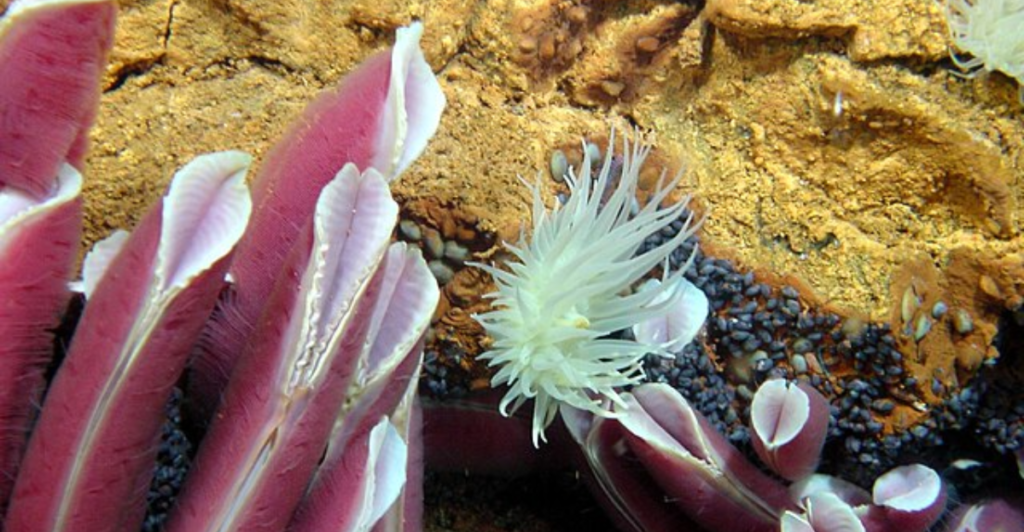
The team has already outlined plans for follow-up missions to study these worms in greater detail. Genetic analysis will determine their evolutionary history and relationship to other Riftia species. Researchers also aim to investigate the environmental conditions within these cavities to understand how they sustain such diverse life forms.
Scientists Are Enthusiastic
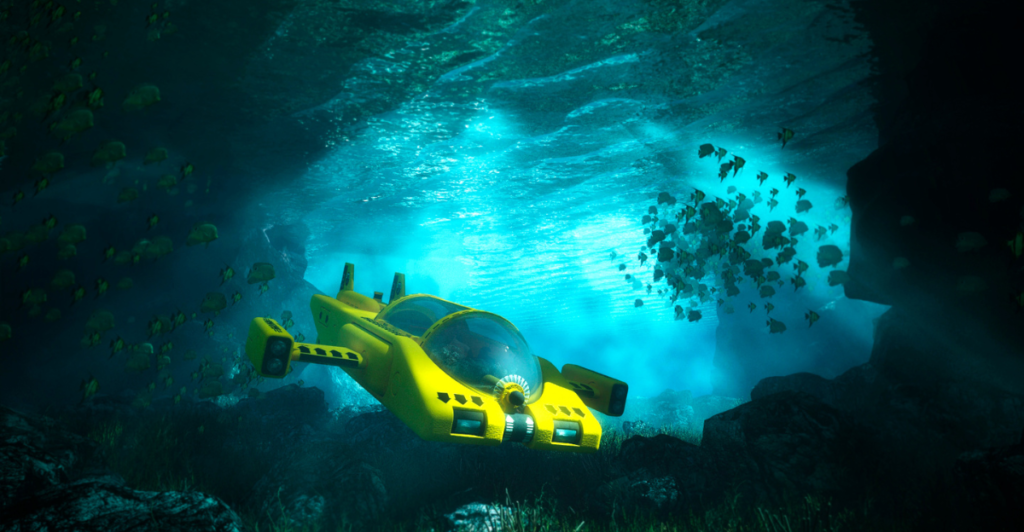
Further exploration of the East Pacific Rise could reveal additional species and ecosystems hidden beneath the ocean floor. These efforts will contribute to a more comprehensive understanding of marine biodiversity and the adaptive strategies of organisms in extreme environments.
A New Frontier in Marine Science
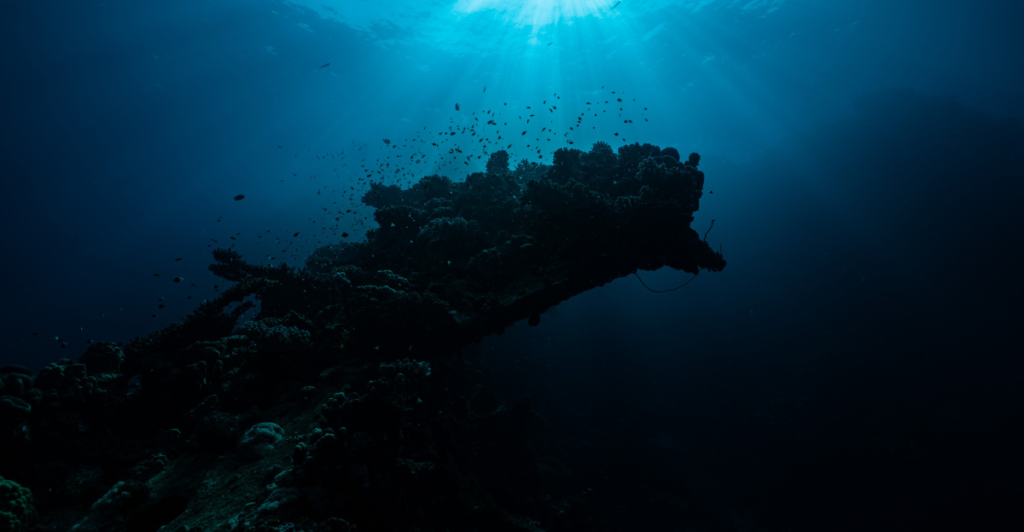
The discovery of giant marine worms beneath the ocean floor marks a significant milestone in marine science. It demonstrates the resilience of life in the most unexpected places and underscores the importance of exploring uncharted territories. This finding not only advances our knowledge of marine ecosystems but also fuels curiosity about what else lies hidden beneath the Earth’s surface. As scientists delve deeper into these newfound ecosystems, they are rewriting the narrative of life on our planet. The East Pacific Rise, with its volcanic activity and hidden cavities, serves as a reminder that the ocean’s depths still hold countless secrets waiting to be uncovered.
Discover more of our trending stories and follow us to keep them appearing in your feed

“There Will Be Eruptions”: Concerns Mount as Yellowstone Supervolcano Activity Shifts
Deepest Hole On Earth Permanently Sealed After 2 Billion Year Old Discovery
California Is Breaking Apart: A Fault Line Is Forming Faster Than Anyone Predicted
Climate Change Overestimated? New Data Shows Oceans Are Cooling The Planet Faster Than Predicted
References:
Reference 1
Reference 2
This article first appeared here
Stay connected with us for more stories like this! Follow us to get the latest updates or hit the Follow button at the top of this article, and let us know what you think by leaving your feedback below. We’d love to hear from you!







